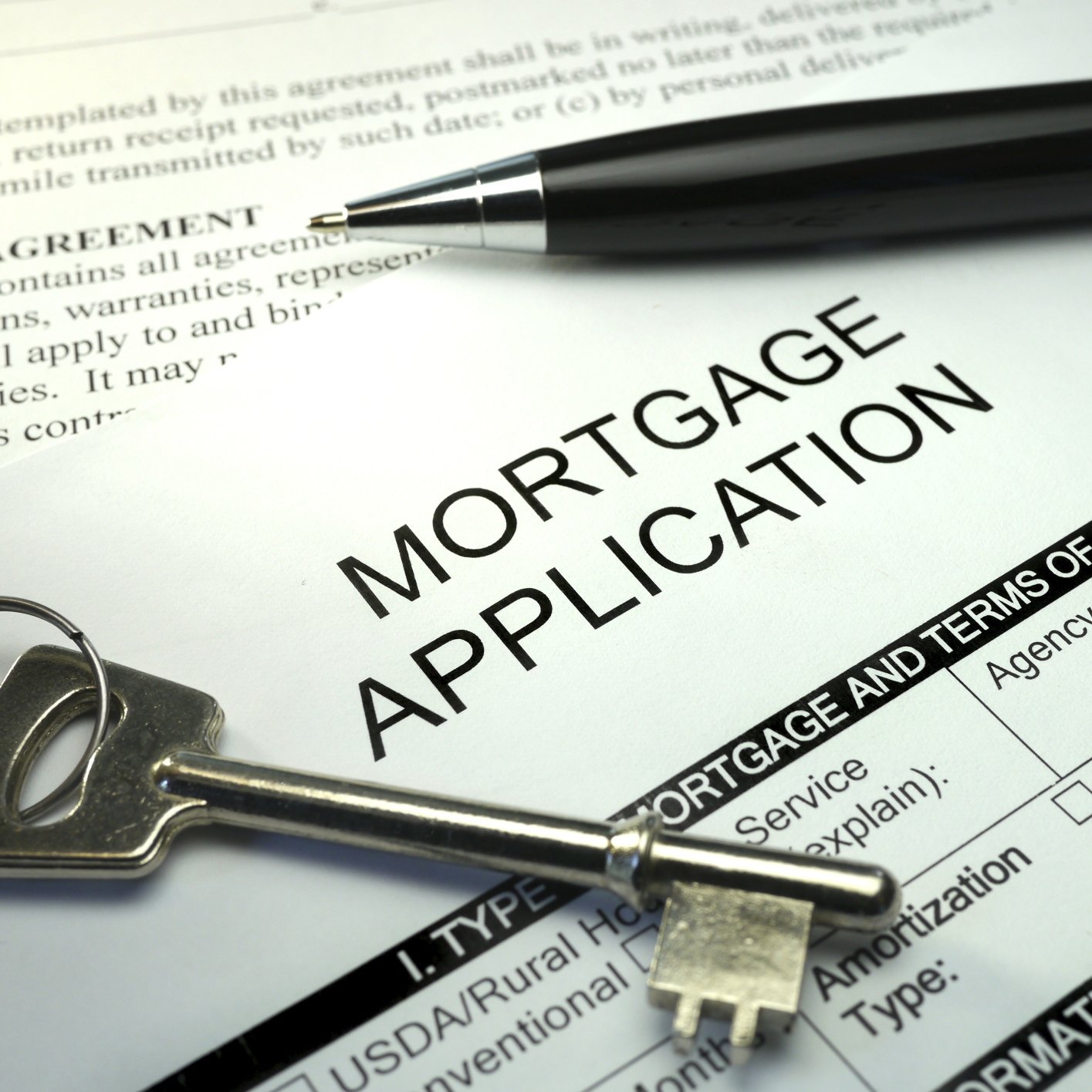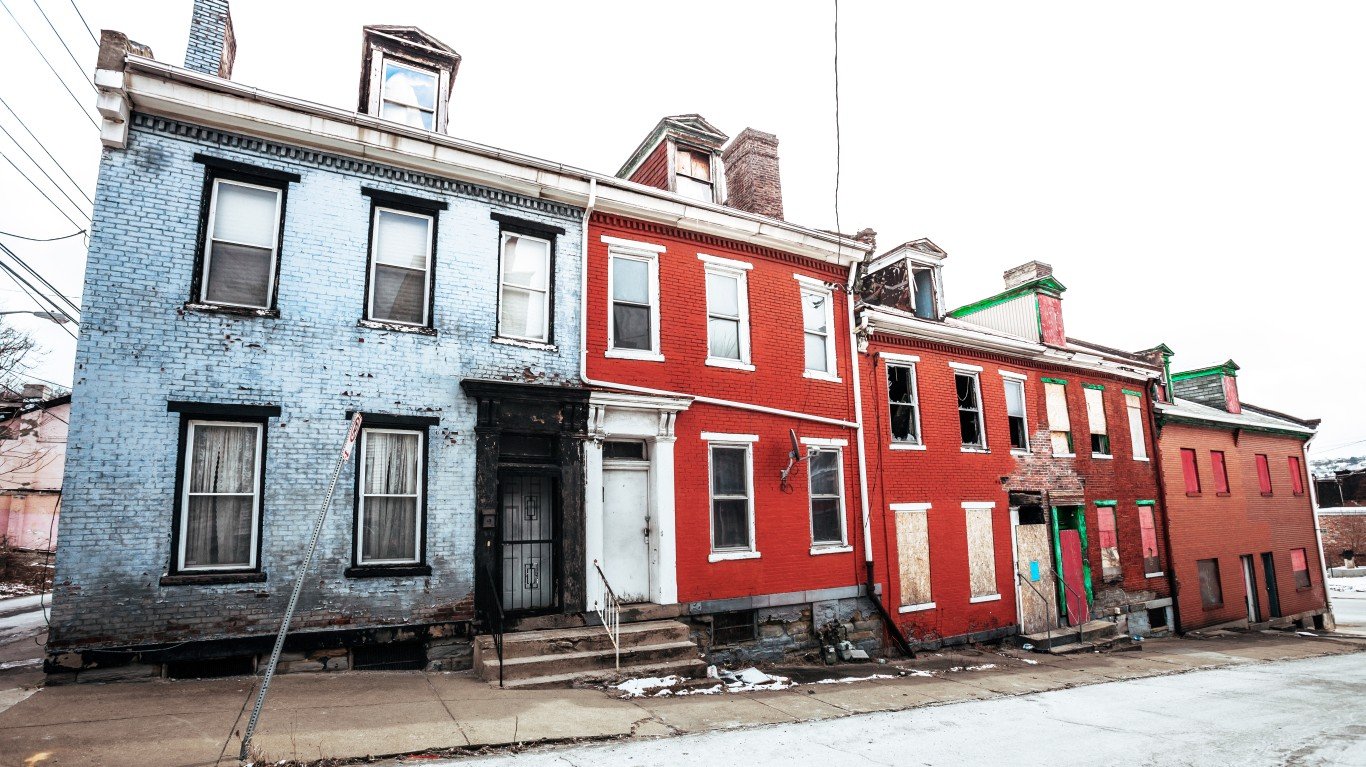
Based on the latest data from CoreLogic’s mortgage fraud risk index, mortgage lenders in the Miami metropolitan area face the highest risk for attempts to commit fraud. The index is based on the share of loan applications that exhibit a high risk of fraud.
According to CoreLogic’s first-quarter 2016 report, two metropolitan areas have made the jump into the top 15 metros where fraud risk is highest: Fresno, Calif., and New Haven, Conn. Fresno’s increased risk may be due, in part, to a slow economic recovery in home value, which increases the opportunity for real-estate investment coupled with an increase in population. In New Haven, CoreLogic notes that it has become an emerging risk area due to economic growth.
Mortgage fraud can take many forms. The basic motive behind most of the borrower-initiated fraud is an attempt to qualify for a mortgage that would otherwise be unavailable. Inflating an appraisal in an attempt to get a mortgage for more than a property is worth or claiming income or assets that a borrower does not have are just two examples.
Borrowers themselves may also be the target of scams seeking to defraud borrowers using loan modification programs or even Ponzi schemes. Promise to rescue a borrower from a foreclosure can leave a beleaguered homeowner in even worse financial shape.
CoreLogic’s mortgage fraud risk index is standardized to a baseline of 100 for the share of high-risk loan applications nationally in the third quarter of 2010. Each one-point change in the index represents a 1% change in the share of mortgage applications having a high risk of fraud.
Here are the 10 metro areas with the highest index scores in the first quarter:
- Tampa-Fort Lauderdale-West Palm Beach, Fla.: 286
- Tampa-St. Petersburg-Clearwater, Fla.: 231
- Deltona-Daytona Beach-Ormond, Fla.: 222
- New York-Newark-Jersey City, N.Y./N.J.: 212
- Lakeland-Winter Haven, Fla.: 209
- Jacksonville, Fla.: 181
- Orlando-Kissimmee-Sanford, Fla.: 180
- Las Vegas-Henderson-Paradise, Nev.: 163
- North Port-Sarasota-Bradenton, Fla.: 163
- Los Angeles-Long Beach-Anaheim, Calif.: 160
Methodology: The number of expected fraudulent applications is estimated by applying the rate of applications in the CoreLogic Mortgage Fraud Consortium data with high risk of fraud to the estimated loan application volume in each quarter and geography. Expected fraudulent mortgage applications are defined as having a high risk of fraud based on the CoreLogic LoanSafe Fraud Manager score.
CoreLogic Mortgage Fraud Consortium data also provides the average application loan amount by quarter and geography for high-risk fraud scores based on the LoanSafe Fraud Manager score. The average loan amount for applications with a high risk of fraud combined with the number of expected fraudulent applications is used to determine the expected total fraudulent application loan amount by quarter and geography.
CoreLogic’s website provides full details on methodology.
Essential Tips for Investing: Sponsored
A financial advisor can help you understand the advantages and disadvantages of investment properties. Finding a qualified financial advisor doesn’t have to be hard. SmartAsset’s free tool matches you with up to three financial advisors who serve your area, and you can interview your advisor matches at no cost to decide which one is right for you. If you’re ready to find an advisor who can help you achieve your financial goals, get started now.
Investing in real estate can diversify your portfolio. But expanding your horizons may add additional costs. If you’re an investor looking to minimize expenses, consider checking out online brokerages. They often offer low investment fees, helping you maximize your profit.
Thank you for reading! Have some feedback for us?
Contact the 24/7 Wall St. editorial team.



